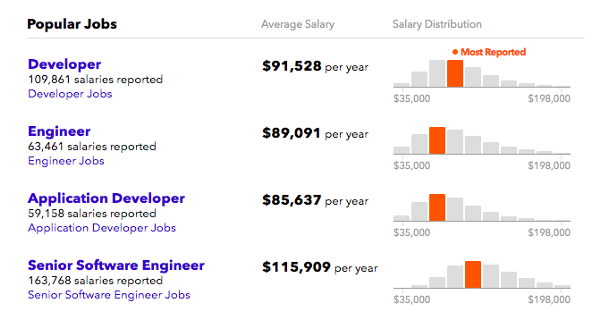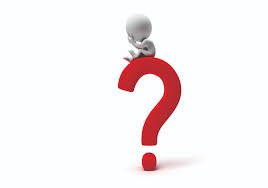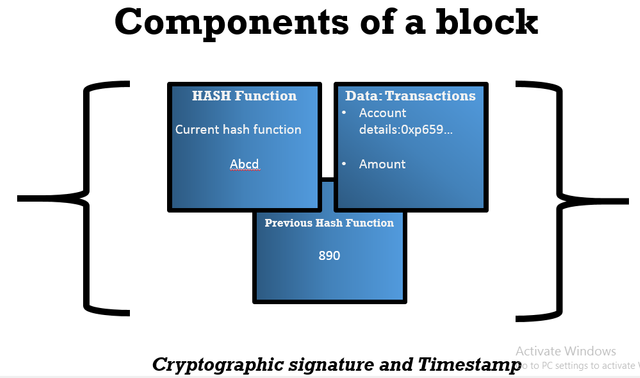How to Become a Blockchain Developer
Blockchain development is a skill few have at the moment, many want to learn, while others haven’t a clue what blockchains actually are.
With the supply/demand ratio of blockchain jobs at a high of 14 jobs per blockchain developer and salaries above $100,000 USD, more developers are needed in the field. This article highlights what you need to start the process of learning blockchain technology and how to become a top blockchain developer in the future.
Decentralized technologies such as blockchains are gaining massive coverage and attention from big corporations and institutions across the world. If you followed keenly the cryptocurrency market during the massive soar in price in late 2017 and the following bear reversal for the rest of 2018, one thing was clear: development of blockchains was at an all-time high.
- Average salaries for blockchain developers in Q1 2018*
In addition, reports from Upwork revealed blockchain as the fastest growing skill on the site for the first quarter of 2018. The field grew massively during the first months of 2018 placing it top of the 5000+ categories of jobs listed on the site. This represents a 6000% increase in number of blockchain jobs listed over the same period in Q1 2017.
The field grows by the day as institutions continue searching for blockchain developers and coders to add to their ranks. Big corporations such as JP Morgan, IBM, Samsung, Audi and other big industry players are focusing on this new wave of technology.
Outline
- Top wanted blockchain development skills
- What’s important to learn?
- Steps to becoming a blockchain developer
-Understanding the basics of blockchain
-Learn how blockchains work
-The Coding Tutorial
-Creating your blockchain - Components of a block
-Learning smart contracts
Top wanted blockchain development skills
Solidity: The Ethereum coding language popularized smart contract development and is widely used to create dApps on the Ethereum blockchain.
Hyperledger Fabric: an enterprise blockchain framework focused on modularity and scalability to support the frequently changed business rules.
Ripple: The cross border payments settlement platform is charming more developers towards blockchain too.
Here are some points to note before starting the journey towards being a top blockchain developer.
What’s important to learn?
Before starting the journey towards becoming a top developer, there are some essential rules you should take note of including;Blockchain development is time-intensive and requires you to take hours of practice to learn the skill. Furthermore, you will need resources to enroll for classes on blockchain development too.
Prior knowledge in coding languages such as Python, C++, and others is needed as blockchains are developed using these coding languages.
Do not expect instant results. Blockchain development requires years of practice to become a fully-fledged developer in the field, it is not an instant pill.
Steps to becoming a blockchain developer
1. Understanding the basics of blockchain
For any new concept, such as blockchain technology, it is crucial to familiarize yourself with the words and jargon in the field to avoid missing key pointers. For beginners, the need to learn the technical terminologies in the field is fundamental to ease their access into blockchain development. The knowledge of blockchain terms such as blockchain, consensus mechanisms, decentralized systems, mining, smart contracts and public & private cryptographic keys.To build a technical application on top of the blockchain, developers have to learn the crypto economics that runs the projects as well. Most developers focus on the cryptographic part of the equation leaving out the economics part. This leads to poor development of the application which misses key links to making the ICO work. Learning specifics of the blockchain development process will further require you to be familiar with other technical progressions in the field such as raising an ICO, security tokens, and stablecoins among others.
Final step to understanding the basics of blockchain development is reading Satoshi Nakamoto’s first Bitcoin whitepaper. The whitepaper titled, “Bitcoin: A Peer-to-Peer Electronic Cash System”, explains the process of developing bitcoin, the first cryptocurrency in the world.
2. Learn how blockchains work
Once you are familiar with the basic terminology in blockchain, you will need to acquaint yourself with the practical ways the blockchains actually work. One of the most common ways to learn how blockchain works is by purchasing a few coins from the various cryptocurrency exchanges available. (Read this guide on how to avoid major cryptocurrency scams while making your investment.)The next step is getting a cryptocurrency wallet and learning how the wallet works. There are different types of wallets offering security and convenience at different levels such as online wallets, paper wallets and cold storage wallets. For small amounts and ease of trading on exchanges, the online exchanges offer better convenience but are susceptible to security breaches. Cold storage wallets offer the best options to securely store your coins.
Learn more on how blockchain technology works in this article.
3. The Coding Tutorial
Before you start to code, it is imperative to note that the creation and maintenance of the blockchain is not easy. A couple of challenges increase the difficulty to keep open sourced blockchains secure and block off hacks on the system.
Security: One of the challenges that faces creation and management of blockchain networks is the open sourced nature that allows the public to check for bugs and vulnerabilities. If the bugs and vulnerabilities are revealed by unethical hackers, the system faces a possible wipe off of funds from the system. Hence, developers should keep checking their blockchain to avoid any security breaches.
Implementation of the blockchain: The decentralized nature of blockchains offers a performance conundrum for the developers. The language used to develop the blockchain has to be versatile enough to allow max performance of the platform.
Deterministic behavior: In blockchain development, all transaction operations must be deterministic. You cannot have a transaction that behaves one way and then behaves another way the next day. Similarly, you cannot have smart contracts that work in two different ways on two different machines.
4. Creating your blockchain
Components of a block
- (This section is collaboratively created with team from DLBRT)*
Cryptographic hash: This is a mathematical algorithm that maps data of arbitrary size to a bit string of a fixed size (a hash) and is designed to be a one-way function, that is, a function which is infeasible to invert. The only way to recreate the input data is to attempt a brute-force search of possible inputs to see if they produce a match. The input data is often called the message, and the output the hash value or hash sum, message digest or the digest.
Previous block cryptographic hash
A timestamp: Shows the time the block was created.
Transaction data: Every block has data on the transactions that are represented as a merkle tree root hash.
A blockchain is formed by linking the blocks created securely using cryptographic hashes. It is created by adding blocks to the genesis block and validating the chain.
Remember, blockchain development requires a strong background in blockchain friendly languages such as C++, Python, Go, C# etc.
5. Learning smart contracts
“A computer protocol intended to facilitate, verify, or enforce the negotiation or performance of a contract.” – Wikipedia
Anything that runs on a blockchain needs to be immutable and must have the ability to run through multiple nodes without compromising on its integrity. This means that users have to learn the ins and outs of smart contracts to ensure they fulfill three conditions; deterministic, terminable and isolated.
Completing the steps above is the first step towards becoming a fully-fledged blockchain developer in 2019. Practice makes perfect in the field hence you will need to put in the hours. It is best advised for beginners to take up online classes, or MOOC classes to better their knowledge in the field of blockchain development.









Security, security, security. So important to know. Blockchain services will be a major target for cyber criminals in the future.